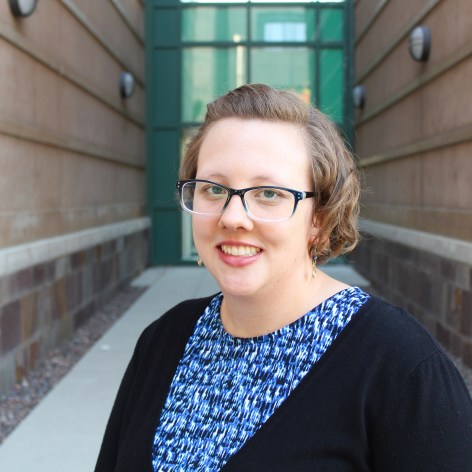Computing changes in free energy using classical molecular dynamics simulations allows us to save time and resources by predicting physical properties before synthesizing molecules. My research focuses on how to automatically evaluate and improve these predictions. I begin by describing my work to test the accuracy of free energy calculations by computing octanol/water and cyclohexane/water partition coefficients. Then, I report on applications of the resulting procedure in the SAMPL5 blind challenge for 53 small drug-like molecules. Comparing computed and experimental values highlighted three areas which still need improvement: conformational sampling, protonation assignment, and force field accuracy. These results motivated my next project, designing an improved Gaussian process model for pKa prediction based on computed properties of small molecules. I had the opportunity to test this model in the SAMPL6 blind challenge on pKa prediction. Small changes the force field -- used to calculate potential energy of a system based on atomic coordinates -- resulted in significant changes in computed partition coefficients. The culmination of my Ph.D. focuses on generating chemical perception -- the way a force field assigns parameters to a molecule -- without the historically required human intuition. This is a piece of the Open Force Field Initiative's machinery for automated force field parametrization. Improved force fields will result in more accurate predictive models and a better understanding of a wide variety of fields including computer-aided drug design, biomaterials, and polymer chemistry.
Speaker:
Institution:
Location:

